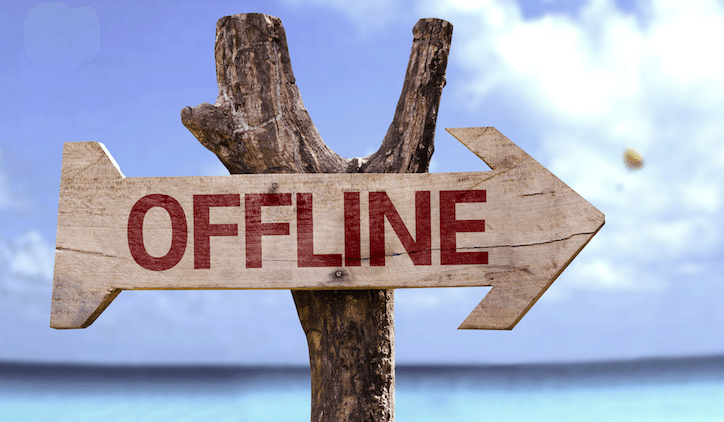
We are currently living in a digital era where most of the things happening to us are online. We are possibly in the best-connected period in human history where even the people farthest away are just one FaceTime session away, and even the most confidential information can be accessed through the internet.
However, as much as technology comes in handy, it has side effects, some that are obvious but are rather ignored, and some that build up in our consciousness and creep through us without us knowing. Too much technology- whether it’s spending time on smartphones, social media, or in front of a digital screen – can have unintended consequences.
Dialogue in Clinical Neuroscience, in June 2020, published a review which suggested that frequent use of technology has been linked to heightened attention-deficit symptoms, impaired social and emotional intelligence, technology addiction, social isolation, and disrupted sleep.
Why is digital detox necessary? Well, if something is consuming a lot of your thoughts or conditioning your behaviour and interfering with your personal life, it might be a good time to cut back its usage. A study published by the Libyan Journal of Medicine in 2022 found that people who complete digital detox reported positive changes in their mood, sleep, and anxiety.
5 Ways To Do Digital Detox
Honestly, ditching technology isn’t going to happen anytime soon but cutting it down to a certain extent seems like a sane approach. Here are a few strategies to help you manage your technology use and experiment with your digital detox.
Take Periodic Breaks
Breaks can reduce stress, particularly among heavy tech users. Supposedly, if you are a working professional or a student whose most of the time goes in front of the laptop screen, you need to take periodic breaks to save your eyes and sanity. Try to take a 15-minute walk and see at a distance to give your mind and eyes a quick relaxation. And remember to leave your phone behind.
Downgrade your Phone
If you cannot help but check your phone every 2 minutes, you can buy a phone that does not support apps. That might be extreme, but how about cleaning your smartphone a little? Try deleting the apps that consume most of your time. Also, checking the screen time regularly would eventually make you feel guilty about the choices that you have been making.
Consume digital information mindfully and not passively. Keep your notifications off most of the time, and do not let them get to you while you should be the one that goes to them once in a while intentionally.
We should understand that the world will not stop without us. You can schedule an hour or two per day to read what’s new.
Make a Schedule
It takes time to get over your habits, but slowly and gradually, you get there. The best way to handle a digital addiction is to make a schedule and stick to it. You can start with making a schedule for a day and then eventually for the week and then for the whole month.
When you make a schedule, you start prioritizing things that keep you healthy and happy. Rest becomes secondary. Your priority list can contain your family time, games, work schedule, study schedule, walking outside, or simply lying down and doing nothing.
Try to keep your phone away and put your focus and energy that makes you feel fulfilled and keeps you happy.
Digital Sabbatical
Constantly being online and communicating can be unhealthy, and it is essential to recognize when it’s time to break from the digital world. A digital sabbatical is when you take leave from the internet for an extended period. It can range between 2 hours to a week and, in extreme cases, for a month, depending upon your plans.
What’s even more insidious is our habit of focusing on work while leaving the digital apps running in our background. One whistle from this app, and bam! We are off course. The purpose of a digital sabbatical is to switch off from the world for some time. When you disconnect from the external world, you understand that you did not miss much while you were gone. You learn that everything can wait, and things follow their course even if you do not reply to an Instagram text.
Take time off work, visit the place you have wanted to visit for a very long time, or go back to your hometown and spend time with your family and friends.
Reach Out To a Mental Health Professional
No, it’s not weird to talk it out. A survey done in 2017 associated Instagram with negative attributes and low self-esteem, causing depression and anxiety in young adults. Most people feel bullied or go through Fear of Missing Out(FOMO) when they see pictures of their connections living the ”fairy-tale life”.
Most teenagers, especially girls, feel that they do not have the perfect face and body that the world thinks is ”desirable”. If you are going through a similar phase, it is necessary to talk to a professional and take help. You can also reach out to your friends and family, for they understand you better than anyone else.

